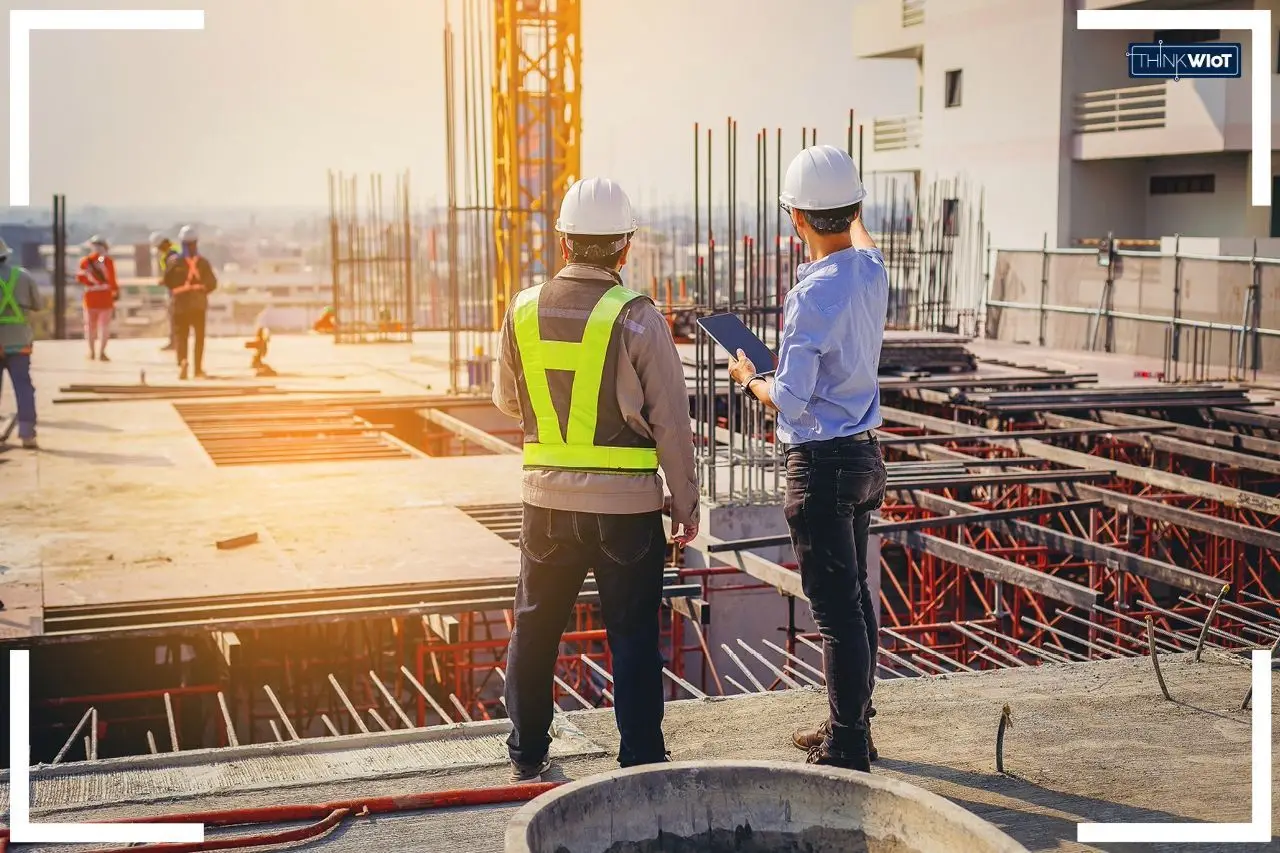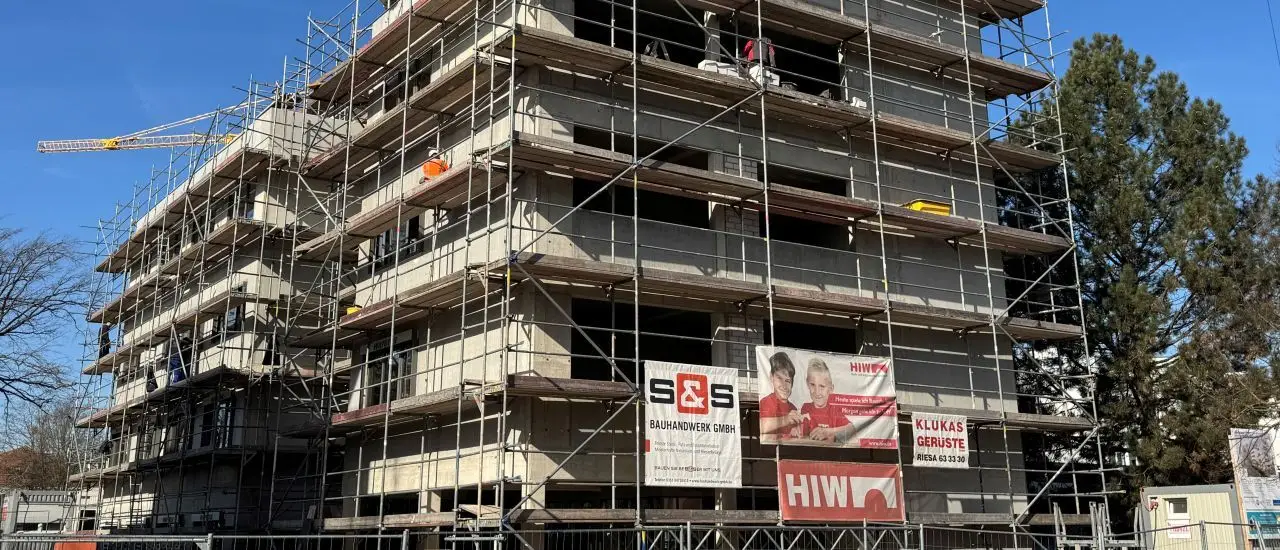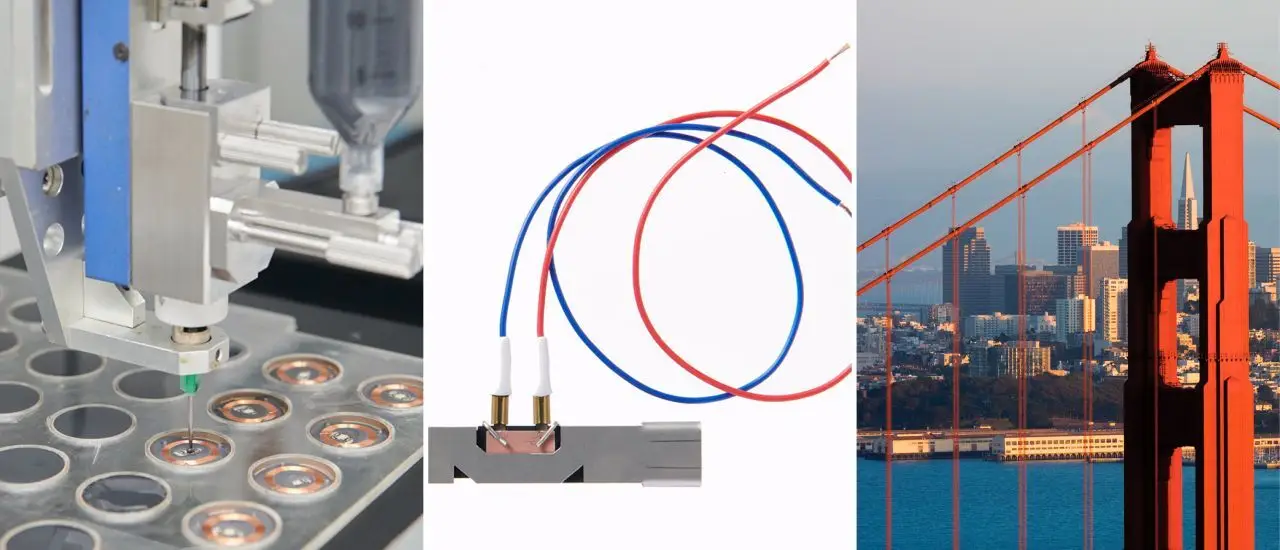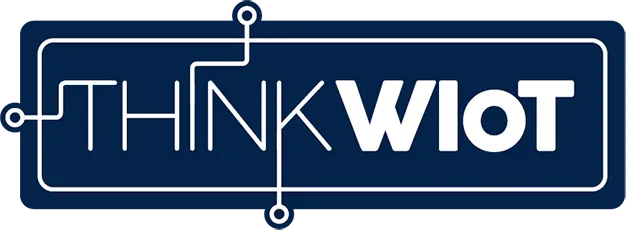IoT in Construction: BIM, Smart Sites, and Digital Transformation
Integrating IoT, BIM, and complementary wireless technologies transforms construction sites into interconnected, analyzable systems that enhance safety, efficiency, and predictability while requiring managed investment and interoperability efforts.
- Revised: October 07, 2025
- By: Anja Van Bocxlaer
- Read: 7 min
- Integration of BIM and IoT turns projects into continuously updated, data-driven models for better planning and control.
- Wireless technologies (RFID, BLE, LPWAN, LoRaWAN, 5G) each address specific site needs: asset tracking, indoor localization, environmental sensing, and wide-area monitoring.
- Predictive maintenance and digital twins reduce unplanned downtime and improve schedule reliability through sensor-driven analytics.
- Adoption barriers include upfront investment, interoperability gaps, cybersecurity risks, and shortages of IT-capable construction personnel, which can be mitigated by phased rollouts.

Introduction: Why IoT in Construction Matters
The construction industry is one of the world’s largest — and most complex. Projects combine architects, engineers, contractors, suppliers, heavy machinery, and countless materials. This complexity often leads to delays, cost overruns, and safety risks.
Building Information Modeling (BIM) and the Internet of Things (IoT) are transforming this landscape. Together, they turn construction projects into data-driven ecosystems. Instead of relying on reactive fixes, companies can work proactively, monitoring every machine, tool, and material in real time.
A study by McGraw Hill Construction showed that 97% of Japanese construction companies using BIM achieved a positive ROI. Error rates dropped by 41%, rework was cut by 31%, and estimating accuracy improved by over 20%. Meanwhile, the IoT in construction market is booming — growing from $11.4 billion in 2023 to $32.3 billion in 2030 (Stellar Market Research), with Allied Market Research forecasting $44.2 billion by 2031.
Market Outlook: Digitalization as a Growth Engine
Global trends are accelerating IoT adoption in construction:
Massive infrastructure investment in Asia-Pacific, with China and Japan leading.
Safety and compliance pressures from regulators and investors.
Efficiency demands to reduce delays, waste, and rising costs.
Technology convergence, as IoT merges with BIM, AI, and robotics.
Major players such as IBM, Caterpillar, and Alice Technologies are driving digital construction platforms, making them accessible not only for large infrastructure projects but also for mid-sized contractors.
BIM and IoT: The Backbone of Smart Construction
Building Information Modeling (BIM) is far more than a 3D design tool. It integrates geometry, timelines, costs, materials, and maintenance data into a living digital model. When connected with IoT sensors, BIM becomes a digital twin of the construction site — continuously updated with real-world data.
With digital twins, project teams gain:
Real-time transparency into progress and resource use.
Predictive insights into bottlenecks or risks.
Improved collaboration, as all stakeholders access the same live model.
RFID in Construction: Identification, Tracking, and Transparency
Radio-Frequency Identification (RFID) has become one of the most important wireless technologies in construction. By attaching RFID tags to machines, tools, vehicles, or even building components, companies can identify and track assets automatically. RFID systems enable real-time transparency on construction sites, reduce manual work, and create direct links between physical objects and digital project management platforms such as ERP systems.
Unlike barcodes, RFID tags can be scanned without line of sight, in bulk, and often under harsh environmental conditions — making them ideal for construction. When combined with IoT platforms, RFID delivers detailed information about location, usage, and status, enabling better safety, compliance, and logistics control.
Two real-world examples show the power of RFID in construction practice:
HIW: Digitalized Inspections
German company HIW Hoch- und Ingenieurbau Wilsdruff equipped over 1,500 tools and machines with RFID tags. Inspection records, once managed on paper, are now digital and accessible in real time. Regulators can check compliance instantly on site.
The benefits are clear:
Inventory times reduced by 50%.
Greater transparency of equipment usage.
Less administrative workload.
As Site Manager Frank Bennewitz says: “Without RFID, nothing works on our construction sites anymore.”

Toro Aluminum: Window Tracking with RFID
Canadian supplier Toro Aluminum produces more than 3,000 aluminum window components every week. Since 2023, the company has relied on UHF-RFID to identify and track components.
RFID printers in CNC machines encode tags with production data like dimensions, linking directly to the ERP system.
On 10 assembly lines, Feig Electronic ceiling antennas automatically capture IDs to start the assembly process.
In quarantine warehouses, RFID antennas enable real-time localization of each window, including storage duration.
Khaled Elshimy, CEO of RFID Canada, emphasizes:
“All production and logistics processes, readers, and antennas are connected to Toro Aluminum’s ERP system in real time via RFID To Go and RFID Hub.”

These cases highlight how RFID not only boosts compliance and transparency but also integrates seamlessly into logistics and production chains.
Structural Health Monitoring with RFID
RFID in construction is not limited to tracking tools and components. It also supports structural health monitoring (SHM) in critical infrastructure such as bridges, tunnels, and high-rise buildings.
Japanese RFID manufacturer E-Garde has introduced a batteryless UHF RFID sensor tag that detects corrosion and cracks in metal structures. Operating without batteries for over 20 years, these tags offer a low-maintenance and scalable way to ensure long-term safety.
Already in use by an aerospace company in Japan, this solution shows how RFID-based monitoring can prevent failures, reduce maintenance costs, and extend infrastructure lifespans.

LPWAN: Monitoring Environment and Safety
Low Power Wide Area Networks (LPWAN) such as NB-IoT, LTE-M, and Sigfox allow long-range, low-energy monitoring. On construction sites, LPWAN sensors track environmental conditions like dust, humidity, noise, and temperature.
One application: embedding sensors in concrete to monitor curing. Engineers can decide the exact time when concrete achieves the required strength, improving both safety and scheduling.
BLE: Indoor Tracking of Tools and Personnel
Bluetooth Low Energy (BLE) beacons are ideal for indoor environments. Attached to helmets, tools, or equipment, they provide location and usage data in real time.
For example, if tools are underused, procurement can be optimized. Workforce monitoring also enhances safety by ensuring workers remain in authorized zones.
LoRaWAN: Wide-Area Tracking for Mega Projects
For large-scale projects, LoRaWAN is a game-changer. The Bouygues Construction Group in France has equipped over 20,000 devices with LoRaWAN trackers, planning to expand to 50,000.
The trackers combine GPS, Wi-Fi, BLE, and LoRaWAN geolocation. With geofencing, managers can define safe zones, and any deviation triggers alerts. The result: a complete, real-time map of construction assets and activities.

5G and 6G: High-Speed Construction Sites
5G networks enable real-time applications that were previously impossible: streaming BIM models, AR site inspections, or drone video surveillance.
The coming 6G era will push even further, supporting holographic collaboration, ultra-low latency robotics, and fully autonomous equipment.
Wearables in Construction: The Sebastian Lohrer Example
German roofing company Sebastian Lohrer uses RealWear HMT-1 smart glasses for remote support.
Workers on site connect via Wi-Fi hotspots to stream their field of view to a supervisor’s tablet.
Supervisors can add visual markers, share instructions, and record video documentation.
The glasses are rugged, voice-controlled, and hands-free — ideal for construction environments.
The benefits:
Safer work with both hands free.
Real-time problem solving.
Immediate quality assurance and warranty documentation.
Predictive Maintenance: Preventing Downtime
Heavy machinery is expensive, and downtime is costly. IoT sensors monitor vibration, oil quality, and hydraulic pressure. Predictive maintenance uses these data streams to forecast failures before they happen.
This reduces unplanned downtime, extends equipment lifespan, and ensures construction schedules stay on track.
Digital Twins and AI: Data-Driven Construction
By combining IoT with BIM, companies create digital twins that simulate and monitor real-world assets.
With artificial intelligence (AI), massive sensor datasets can be analyzed to:
Detect risks such as material shortages.
Predict equipment failures.
Optimize resource allocation.
Digital twins enable construction projects to evolve into self-learning systems, continually improving efficiency and safety.
Challenges in Digital Construction
Despite clear benefits, challenges remain:
High upfront investment in hardware, software, and training.
Interoperability issues between subcontractors and systems.
Cybersecurity risks, as sensitive infrastructure data becomes digital.
Skilled labor shortages, especially workers combining IT and construction knowledge.
Still, step-by-step rollouts — like HIW’s RFID inspections or Toro Aluminum’s production tracking — show how digitalization can be implemented successfully.
The Future of Smart Construction Sites
The construction site of the future will be:
Connected — all assets, tools, and people networked.
Intelligent — AI guiding workflows in real time.
Simulated — digital twins managing entire lifecycles.
Autonomous — robots and drones performing repetitive tasks.
Interactive — AR and VR enabling immersive project collaboration.
Companies that embrace these technologies early will gain long-term competitive advantage.
Conclusion
The combination of IoT and BIM in construction is not just a trend — it’s the future of the industry. RFID case studies like HIW and Toro Aluminum, and wearable innovations like Sebastian Lohrer’s smart glasses, prove that digital construction is already a reality.
The path forward is clear: smarter, safer, and more efficient construction sites — powered by IoT.
